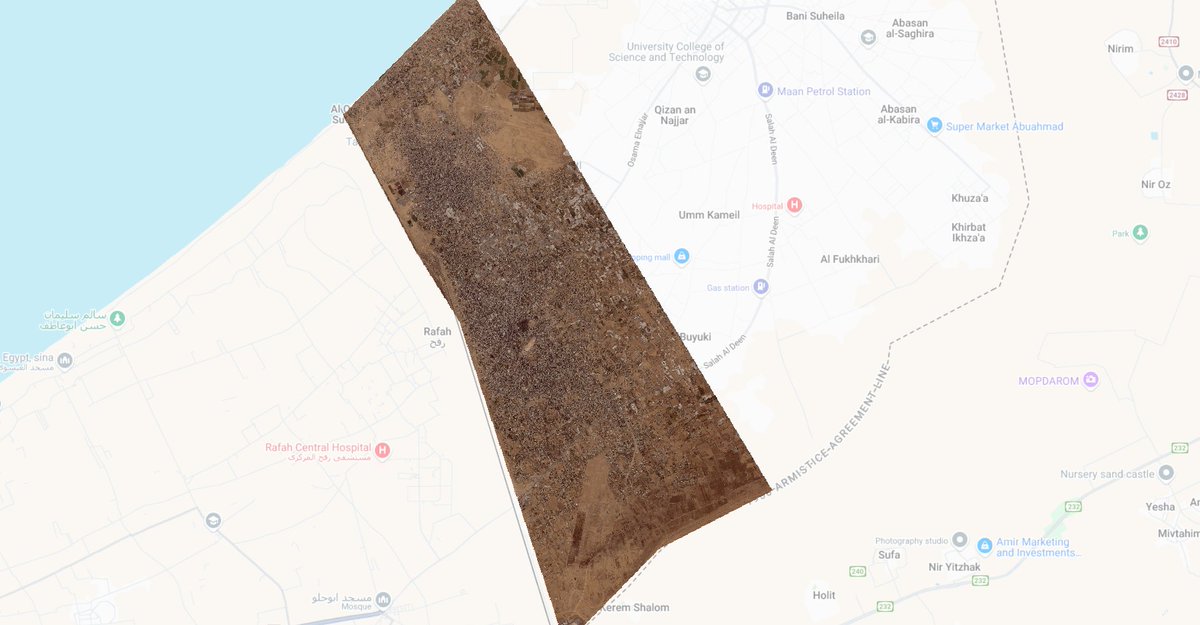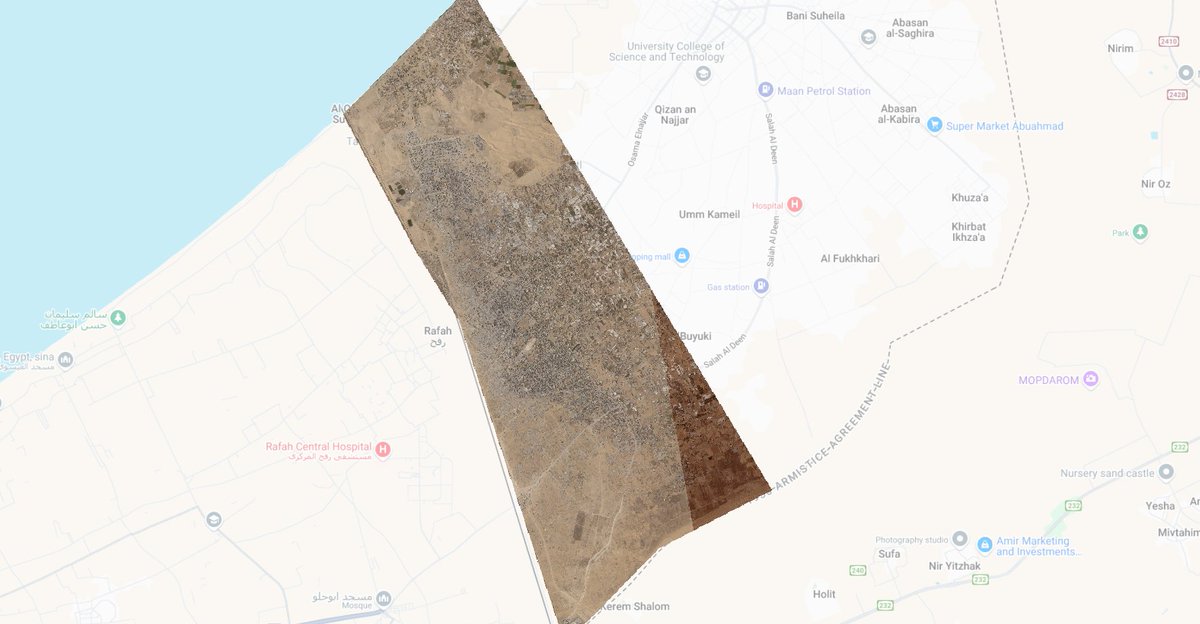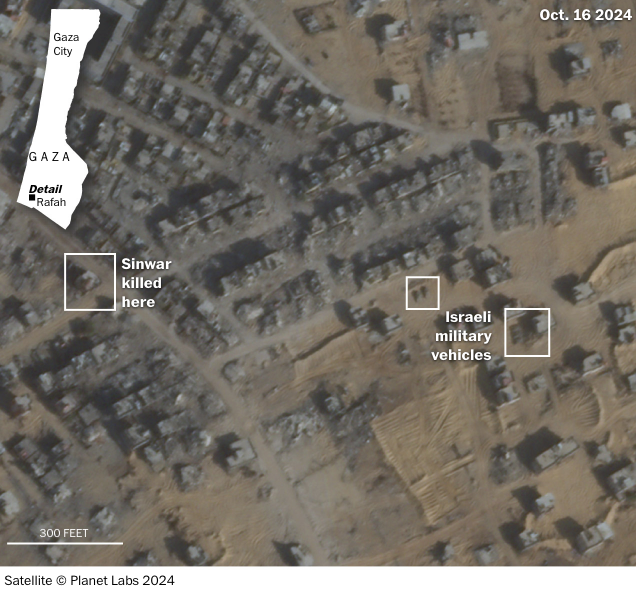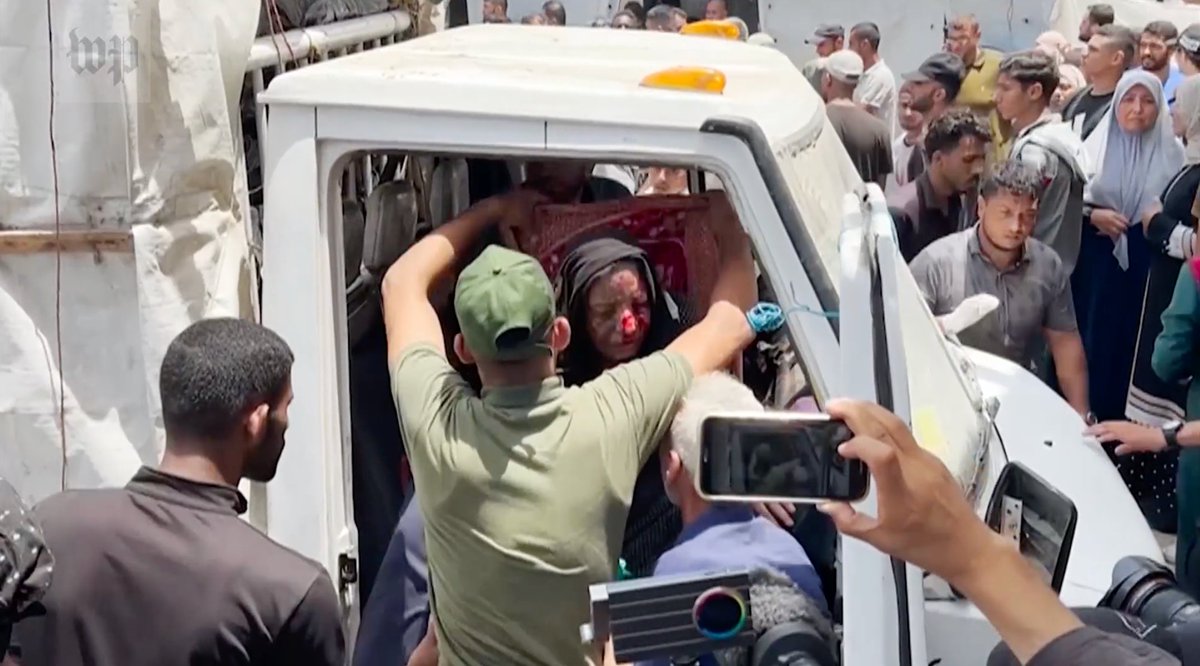Thread of high-resolution damage assessment imagery related to last night's U.S. strikes on Iran's Fordow, Isfahan and Natanz nuclear facilities:
📸:@Maxar
📸:@Maxar
Before and after close-up view of area of at least six likely GBU-57 impact holes at the Fordow site, June 19 (L) and June 22 (R): 



Close-up before and after view of destroyed buildings at the Isfahan site, June 16 (L) and June 22 (R): 



A close-up before and after view of other destroyed buildings at the Isfahan site, June 16 (L) and June 22 (R). In this case some buildings had already been destroyed by Israeli strikes: 



Finally, Natanz. Overview of the Natanz site before and after strikes, June 15 (L) and June 22 (right): 



Close-up view of likely GBU-57 impact location at Natanz. Unclear as of this post how many GBU-57 munitions were used in this strike, June 15 (L) June 22 (R): 



• • •
Missing some Tweet in this thread? You can try to
force a refresh




















